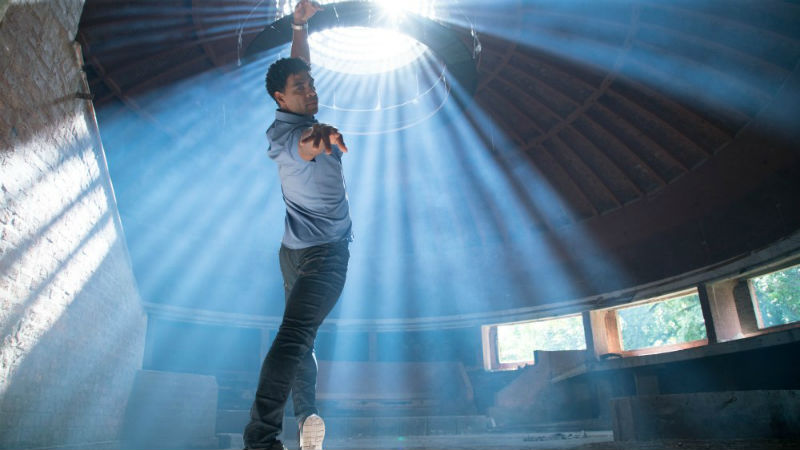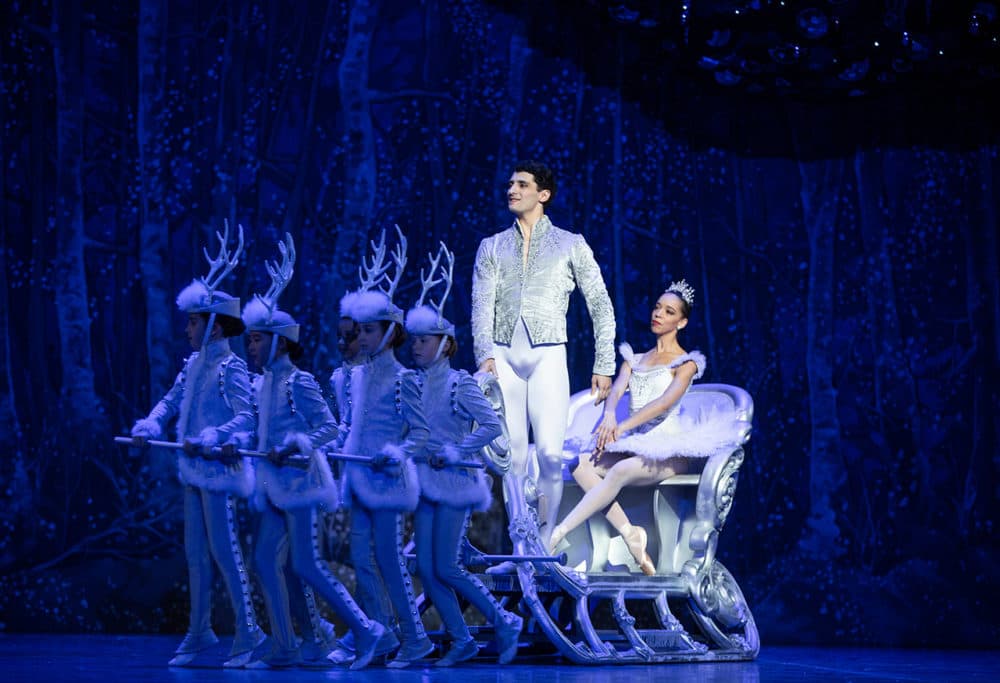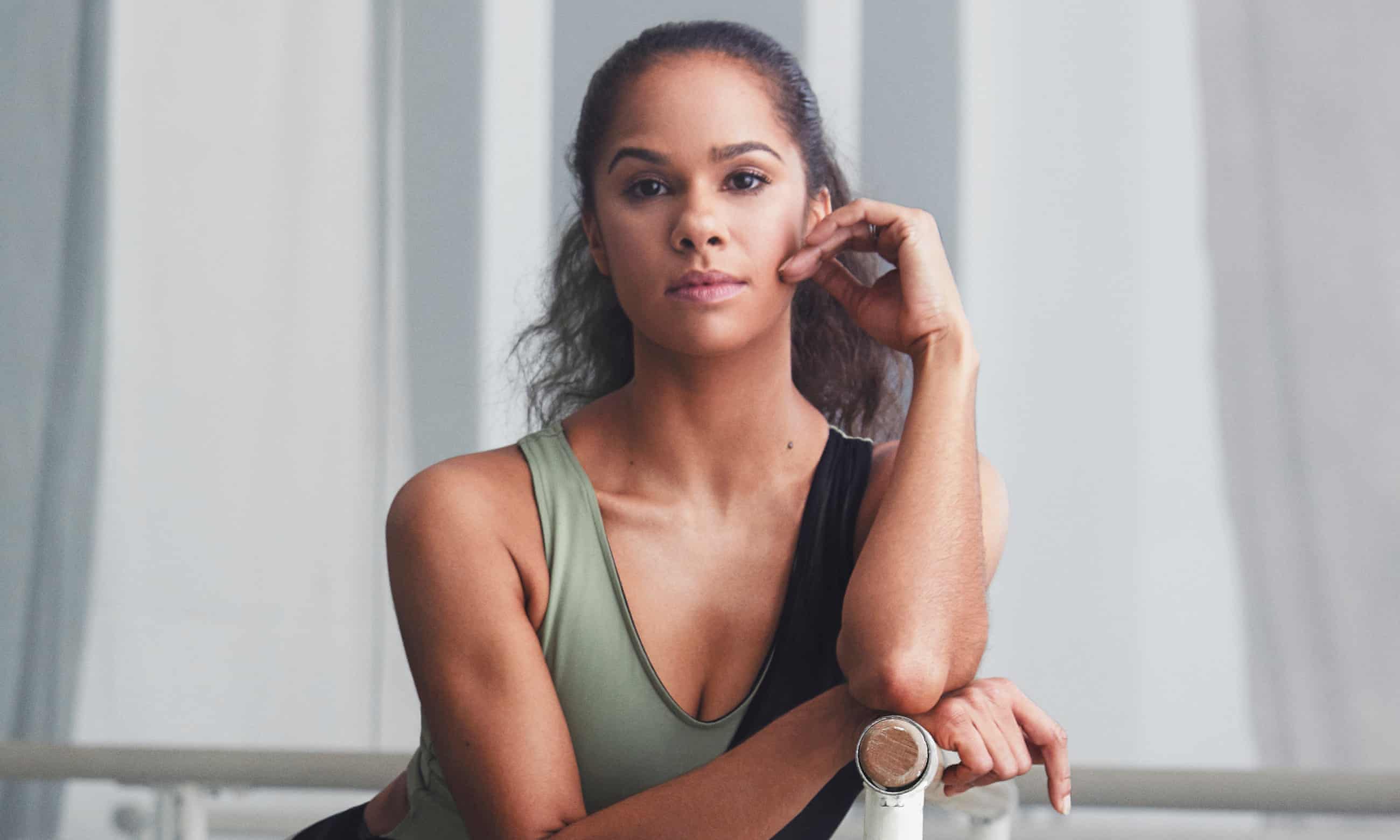After Misty Comes Marie: Breaking Barriers in ‘The Nutcracker’Posted in Articles, Arts, Media Archive, United States on 2019-12-01 01:45Z by Steven |
After Misty Comes Marie: Breaking Barriers in ‘The Nutcracker’
The New York Times
2019-11-28
Gia Kourlas, Dance Critic
 Charlotte Nebres is the first black Marie, the young heroine of “George Balanchine’s The Nutcracker,” at New York City Ballet. Heather Sten for The New York Times |
This year, for the first time, New York City Ballet’s “Nutcracker” has a black Marie, the young heroine whose life is charged with magic.
She may not remember it, but during the first summer of her life Charlotte Nebres canvassed for Barack Obama with her mother, Danielle, who carried her in a sling. She attended political rallies. And on a frigid day in January 2009, she accompanied her parents and older sister to his inauguration.
When Charlotte was 6, Misty Copeland became the first female African-American principal at American Ballet Theater. That, she remembers.
“I saw her perform and she was just so inspiring and so beautiful,” Charlotte, 11, said. “When I saw someone who looked like me onstage, I thought, that’s amazing. She was representing me and all the people like me.”
Now Charlotte, a student at the School of American Ballet, is breaking a barrier herself: She is the first black Marie, the young heroine of “George Balanchine’s The Nutcracker,” at New York City Ballet. It’s a milestone for the production, which dates to 1954.
It isn’t lost on Charlotte that she “got to grow up in a time when it wasn’t just like, oh yeah I can do this, but not do this,” she said. “There was nothing holding you back.”
But the cultural shift reaches beyond Charlotte, whose mother’s family is from Trinidad (her father’s side is from the Philippines), as her school works to diversify its student body. In addition to Charlotte, the other young leads this season are Tanner Quirk (her Prince), who is half-Chinese; Sophia Thomopoulos (Marie), who is half-Korean, half-Greek; and Kai Misra-Stone (Sophia’s Prince), who is half-South Asian. (The children are always double cast.)…
Read the entire article here.








